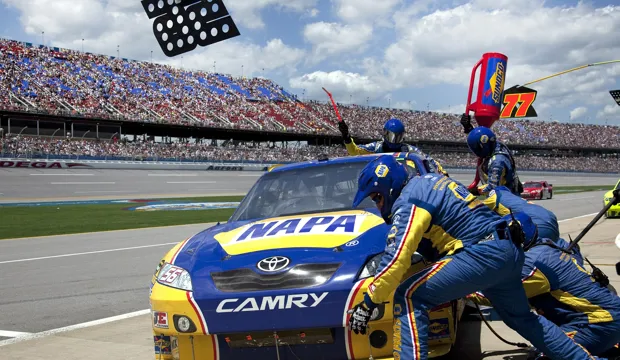
Calculating areas of overlapping parts
Estimating shape overlap using angle facts, sequences and nth term, and algebraic reasoning
In this engaging starter activity, students will explore growing shapes and number patterns by estimating the size of overlaps when various shapes are laid on top of one another.
The activity covers maths subjects such as angle facts related to parallel lines, sequences and nth term, and algebraic reasoning. Students will be able to use GeoGebra, a free maths leaning tool, to help them with their studies.
This is one of a set of resources developed to aid the teaching of the secondary national curriculum, particularly KS3, supporting the teaching in maths.
Activity: Estimating overlap with angle facts, sequences and nth term, and algebraic reasoning
In this activity students will estimate the size of the overlap when various shapes are lain over the top of each other.
Learners will be tasked with two problems. Firstly, they’ll have to find a missing angle using angle facts related to parallel lines. Secondly, using the provided GeoGebra file, they’ll investigate the relationship between the overlap as a fraction of the total shaded areas, and as a fraction of each rectangle.
Download our activity overview for a detailed lesson plan for teaching students about estimating areas of overlapping parts.
The engineering context
Being able to calculate overlap is a vital everyday skill for many engineers. For example, civil engineers may need to calculate overlap in construction projects and telecommunications engineers may need to estimate the overlap of signal coverage.
Suggested learning outcomes
Students will gain an understanding of angle facts related to parallel lines sequences and nth term, and algebraic reasoning. They will also be able to identify patterns in data and be able to explain these patterns.
Download our activity sheet and other teaching resources
The activity sheet includes teachers’ notes, useful web links, and links (where appropriate) to the national curriculum in each of the four devolved nations; England, Northern Ireland, Scotland and Wales.
All activity sheets and supporting resources are free to download, and all the documents are fully editable, so you can tailor them to your students’ and your schools’ needs.
The related GeoGebra file for this activity can be viewed at the following link: https://www.geogebra.org/m/TmmV8mAV
Download our classroom lesson plan and presentation below.
Please do share your highlights with us @IETeducation.




